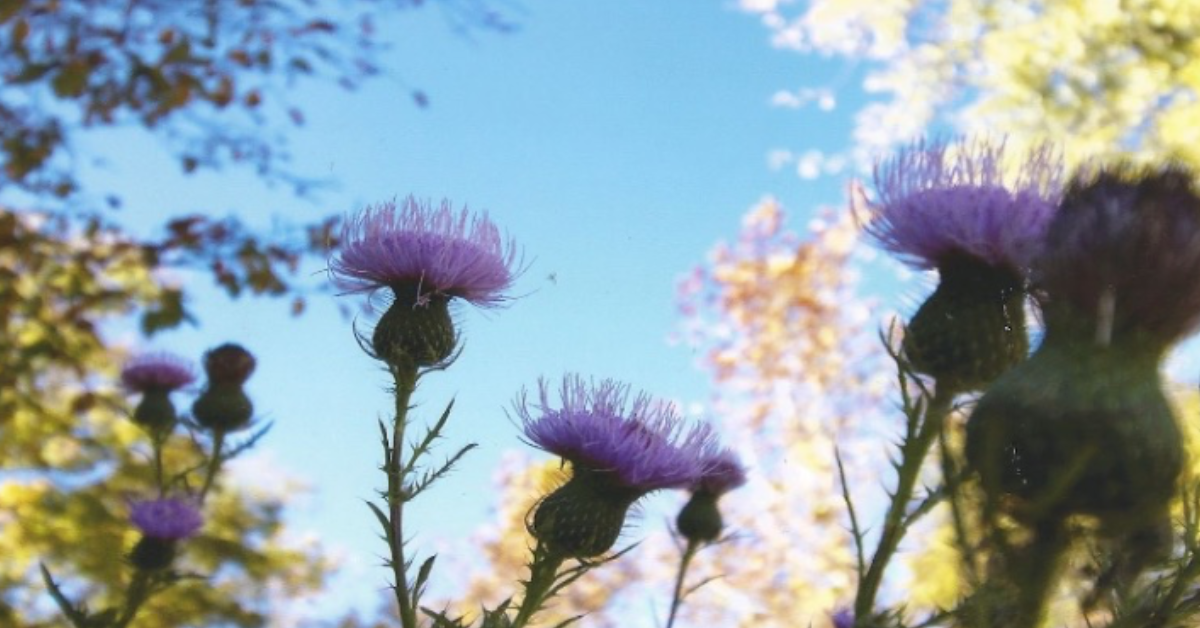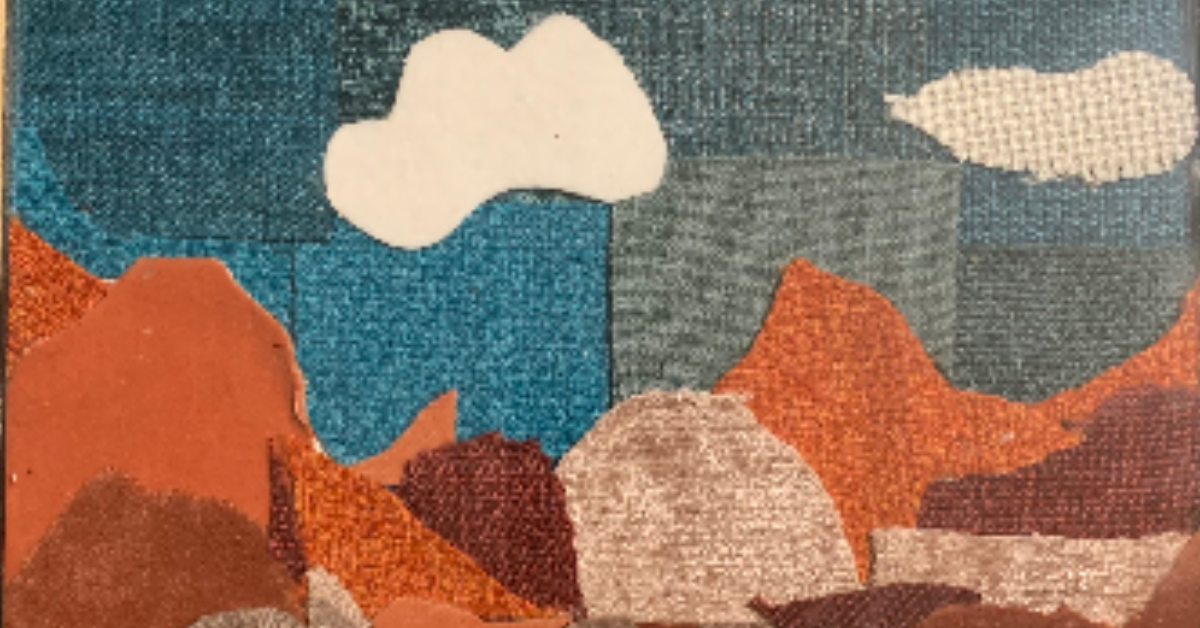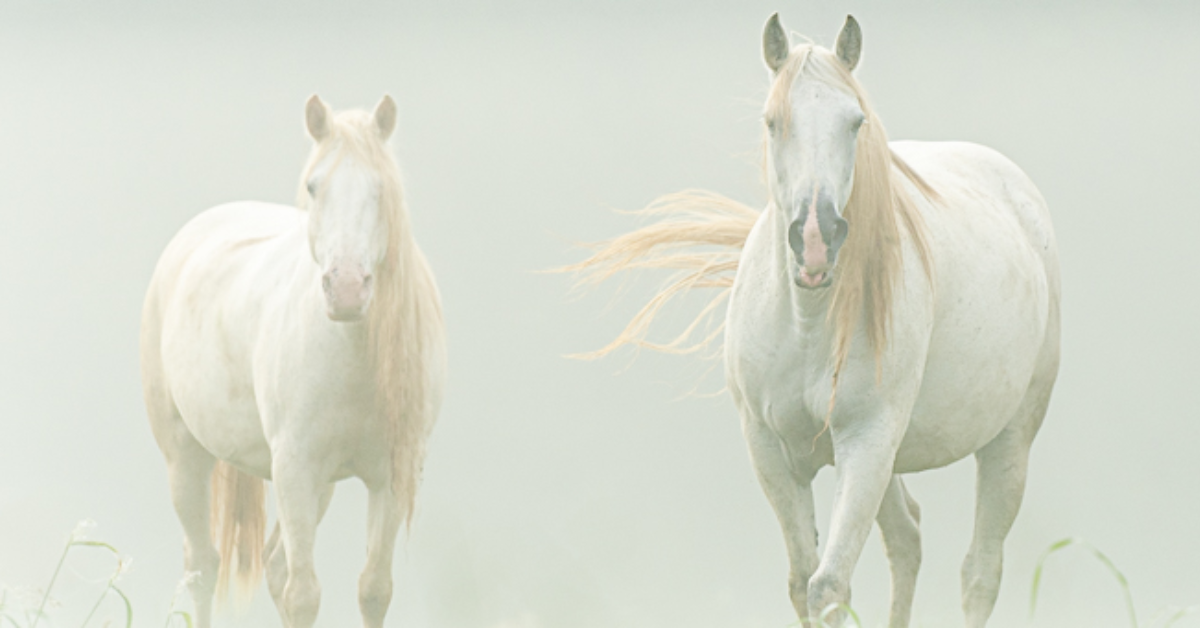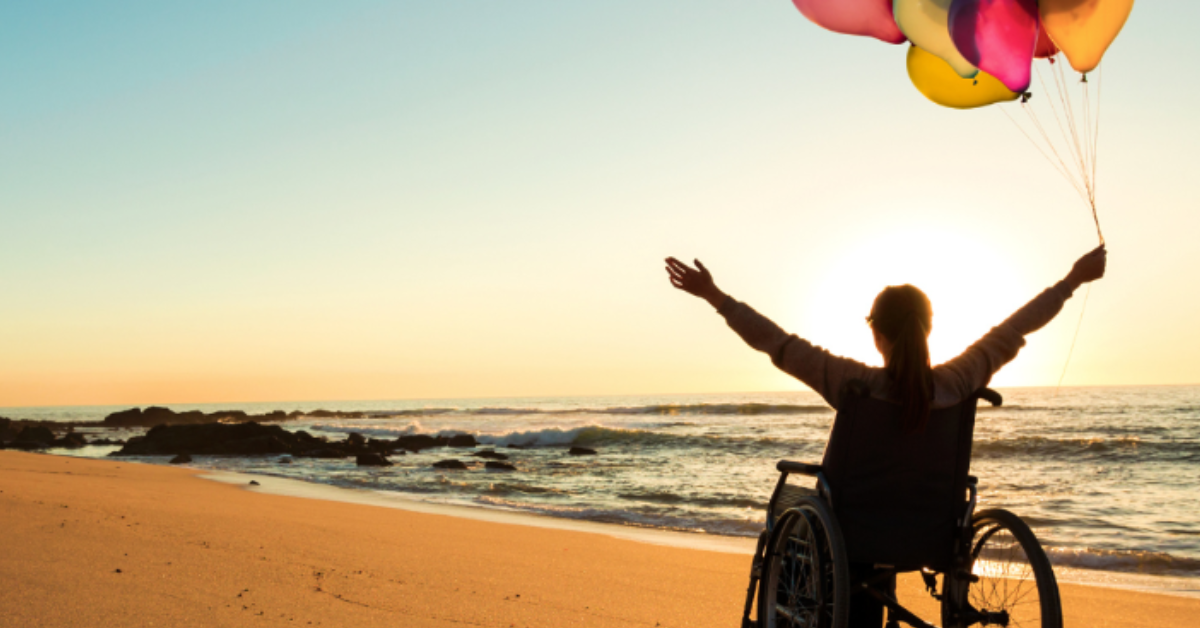We hear a lot about chemicals in plastics, food dyes, shampoos, or couches causing cancer. It can be scary and overwhelming when we start to look around our homes and realize we don’t really know what’s in most of the things we have around us. I started down this rabbit hole when I was pregnant, out of concern for my developing baby. But I soon discovered it’s nearly impossible to research every single item, not to mention affording the “chemical-free” or organic versions of everything.
Let’s back up though. Someone made these things. Every item in our homes was made by someone, whether in a lab or a living room. And the reality is most of us can’t afford to buy every single thing from sustainable sources. We do our best. But for most of us, there are many things in our homes that were made in labs and factories.
Labs. Here we delve into a world that is mysterious to me, a layperson. We have chemists working with molecules. John Warner is one such chemist. He has a PhD in chemistry from Princeton, and over 300 patents. He was a highly successful chemist in the conventional mindset, until the tragic death of his son from a very rare disorder. Though it’s very unlikely his son’s death was related to his lab work, he couldn’t help but wonder, as many parents would in their own way, if somehow he was responsible. Specifically, he wondered if something from his lab was to blame. He started to ask new questions.
And here is the question he poses to us: Did you know that chemists are not required (or typically even offered) classes in toxicology or environmental mechanisms?
The people making the things we have in our homes have for the most part not ever studied how those things might affect our bodies or the environment. The harmful effects are registered after the fact. What if, instead, chemists took these classes first? What if the entire mindset of chemistry came from a perspective of working with nature, instead of against it? This is John’s vision. And surprisingly, it’s not that complicated.
Modern industrial chemistry uses high heat and uses high pressure to make things. This produces unintended consequences. At a talk at the Bioneers conference, John explained, “Nature does it at room temperature, at ambient pressure, using water as a solvent.” He says, “There is never a reactive collision in nature. Nowhere in a cell, nowhere in a living organism do two living molecules bang into each other. What happens is they first snuggle up to each other using forces. And they assemble together, they line up, then they react. And that’s biomimicry at the molecular level.” We may hear this and assume, oh that wouldn’t work to make the things we need to make. But what if this is simply incorrect?
John co-founded the Warner Babcock Institute for Green Chemistry and Beyond Benign, which is working to bring green chemistry to students of all ages.
If this piques your curiosity, watch John’s full talk on Bioneers, to learn about the mindset shift that is possible, in making everything from asphalt to solar panels.








